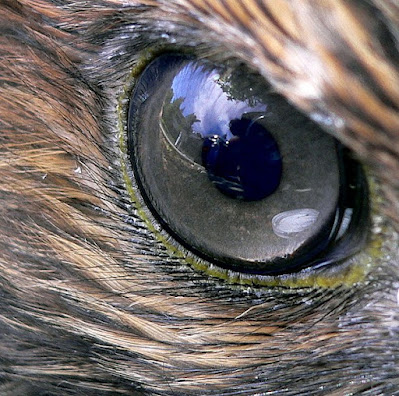The Temple of Luxor
as been a center of worship for multiple religions from the time of the Pharaohs through the Christian and Islamic eras.
An Introduction to the Luxor Complex
Article
Luxor Temple was built for the worship of Amun-Re, Mut, and Khonsu, who are called the Theban Triad. The existing important buildings in the temple were constructed by two kings, Amenhotep the Third and Ramesses the Second.
Luxor Temple and its Orientation
Article
Luxor Temple was oriented on a north-south axis, perhaps to align it with the northern complex of Karnak Temple and the Avenue of Sphinxes, which connected the two temples.
Sphinxes
Article
A sphinx is a statue of a lion with a human face or head or the head of a ram, falcon, or jackal.
Obelisks
Article
An obelisk is a four-sided pillar that tapers into a pyramid. The Ancient Egyptians used considerable skill in quarrying, transporting, carving, and raising the huge stones.
Temple Pylons
Article
"Pylon" is a Greek term for a monumental gate or door erected in front of an Egyptian temple and consisting of two towers with an entrance between them.
The Kadesh Battle
Article
In 1285 BC, there were two superpowers in the ancient Near East, Egypt in the south and the Hatti, or Hittites, in Asia Minor to the north. The two superpowers clashed in the Battle of Kadesh.
Temple Architecture in the New Kingdom
Article
The New Kingdom temples at Thebes, on the east and west sides of the Nile, consist of pylons, or main gates, peristyle and hypostyle halls, side rooms and sanctuaries. Peristyle halls are courts enclosed by columns. Hypostyle halls have roofs or ceilings enclosed by rows of columns.
Architecture in the Time of Amenhotep the Third
Article
Huge, elegant buildings were built in Luxor, Karnak, the west of Thebes, and Nubia during the reign of Amenhotep the Third
An Introduction to the Luxor Complex
Article
Luxor Temple was built for the worship of Amun-Re, Mut, and Khonsu, who are called the Theban Triad. The existing important buildings in the temple were constructed by two kings, Amenhotep the Third and Ramesses the Second.
Luxor Temple and its Orientation
Article
Luxor Temple was oriented on a north-south axis, perhaps to align it with the northern complex of Karnak Temple and the Avenue of Sphinxes, which connected the two temples.
Sphinxes
Article
A sphinx is a statue of a lion with a human face or head or the head of a ram, falcon, or jackal.
Obelisks
Article
An obelisk is a four-sided pillar that tapers into a pyramid. The Ancient Egyptians used considerable skill in quarrying, transporting, carving, and raising the huge stones.
Temple Pylons
Article
"Pylon" is a Greek term for a monumental gate or door erected in front of an Egyptian temple and consisting of two towers with an entrance between them.
The Kadesh Battle
Article
In 1285 BC, there were two superpowers in the ancient Near East, Egypt in the south and the Hatti, or Hittites, in Asia Minor to the north. The two superpowers clashed in the Battle of Kadesh.
Temple Architecture in the New Kingdom
Article
The New Kingdom temples at Thebes, on the east and west sides of the Nile, consist of pylons, or main gates, peristyle and hypostyle halls, side rooms and sanctuaries. Peristyle halls are courts enclosed by columns. Hypostyle halls have roofs or ceilings enclosed by rows of columns.
Architecture in the Time of Amenhotep the Third
Article
Huge, elegant buildings were built in Luxor, Karnak, the west of Thebes, and Nubia during the reign of Amenhotep the Third












